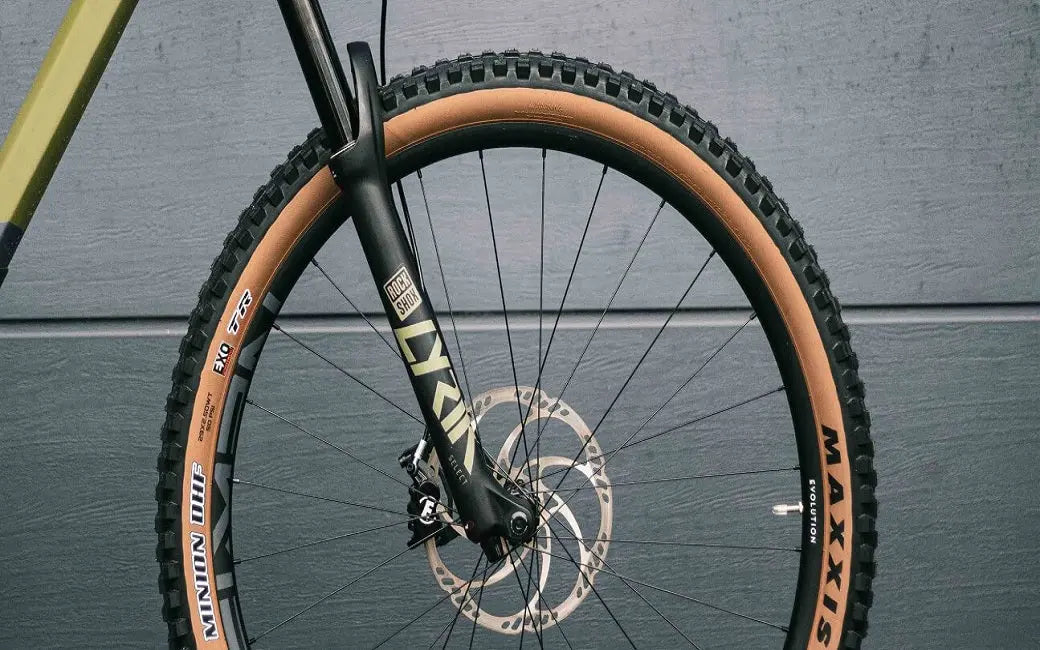
- by HOVSCO Official
What Is Basic Tire Care and Why Is It Essential?
- by HOVSCO Official
Basic tire care involves regularly checking tire pressure, inspecting tread depth, examining sidewalls for damage, and rotating tires. These steps ensure safety, extend tire life, and improve ride quality. Practicing basic tire care reduces the risk of flats and blowouts, saves money, and keeps your bike or vehicle performing at its best.
Checking tire pressure is fundamental to basic tire care. Use a reliable gauge to measure pressure when tires are cold. Compare the reading to the recommended PSI listed on your tire or in your manual. Proper tire pressure ensures optimal contact with the road, improves handling, and prevents uneven wear or blowouts.
Chart: Recommended Tire Pressure Ranges
| Tire Type | Recommended PSI Range |
|---|---|
| Road Bike | 80–130 |
| Mountain Bike | 30–50 |
| Hybrid/Commuter | 50–70 |
| Car Tire | 30–35 |
Tread depth is the measure of the grooves in your tire that provide grip and channel water away. For basic tire care, use a tread depth gauge or the penny test: insert a penny into the tread with Lincoln’s head down-if you see all of his head, it’s time for new tires. Adequate tread depth is crucial for safe stopping and traction.
Inspecting sidewalls is a key part of basic tire care. Look for cracks, bulges, or cuts in the rubber. Damaged sidewalls can lead to sudden blowouts or flats. If you notice any signs of wear or damage, replace the tire immediately to maintain safety.
Tire rotation helps ensure even wear across all tires, prolonging their lifespan. For vehicles, rotate tires every 5,000 to 7,500 miles. For bikes, swap front and rear tires if wear patterns differ. Regular rotation is a cornerstone of basic tire care, preventing premature replacement and maintaining balanced handling.
Chart: Tire Rotation Intervals by Vehicle Type
| Vehicle Type | Rotation Interval (miles) |
|---|---|
| Car/SUV | 5,000–7,500 |
| Road Bike | Swap as needed |
| Mountain Bike | Swap as needed |
Key warning signs that your tires need repair or replacement include visible cracks, bald tread, frequent flats, or sidewall bulges. If your tire feels soft despite correct pressure or you notice uneven wear patterns, it may indicate internal damage or alignment issues. Punctures larger than 6mm often require replacement. Any wobbling or reduced grip while riding is a strong signal it’s time for a tire check and potential replacement for safe operation.
Basic tire care means knowing when to act. Replace tires if you notice:
Prompt attention prevents accidents and costly repairs.
Proper inflation, a pillar of basic tire care, ensures maximum traction, fuel efficiency, and comfort. Under-inflated tires wear out faster, reduce control, and increase the risk of blowouts. Over-inflation leads to a harsh ride and uneven wear. Regularly check and adjust pressure for the best performance.
If you notice persistent air loss, severe sidewall damage, or can’t balance your tires, seek professional help. A tire specialist can assess alignment, repair punctures, and recommend replacements. For HOVSCO e-bike owners, professional service ensures your advanced tires and wheels remain in peak condition.
HOVSCO e-bikes are engineered for diverse terrains, from city streets to rugged trails. Each model’s tire type-whether fat, hybrid, or road-requires tailored basic tire care. Always follow manufacturer recommendations for pressure, tread, and rotation, and use compatible replacement tires for safety and performance.
To extend tire life and improve reliability, maintain correct pressure, inspect regularly for debris, and rotate front and rear tires if possible. Clean tires after muddy rides to prevent embedded grit. Avoid prolonged sun exposure and store your e-bike indoors when not in use. Check tread depth monthly and patch small punctures promptly. Riding with appropriate load and avoiding curbs or potholes also helps preserve tire structure and prevents premature wear or failure.
To maximize tire life, practice these basic tire care habits:
Consistent care ensures reliability and longevity.
When investing in tire care, choose a quality pressure gauge, tread depth tool, and tire levers for easy maintenance. Select tires suited to your riding or driving style-HOVSCO e-bikes, for instance, benefit from robust, puncture-resistant tires. Always buy from reputable brands and follow the manufacturer’s basic tire care guidelines. Proper tools and compatible tires make maintenance easier and safer, saving you money and hassle in the long run.
“Basic tire care is the foundation of safe, efficient riding. At HOVSCO, we design our e-bikes with high-quality tires, but regular checks for pressure, tread, and sidewall integrity are essential. A few minutes of attention each week can prevent flats, extend tire life, and ensure a smooth journey every time.” – HOVSCO Technical Team
What is basic tire care?
Basic tire care means regularly checking tire pressure, inspecting tread depth, and examining sidewalls for damage to ensure safety and extend tire life.
How often should I check my tire pressure?
Check tire pressure at least once a week, and always before long rides or trips.
What tools do I need for basic tire care?
A tire pressure gauge, tread depth tool, and tire levers are essential for routine maintenance.
When should I replace my tires?
Replace tires when tread depth is too low, sidewalls are damaged, or you notice persistent air loss.
Why choose HOVSCO for e-bike tire care?
HOVSCO e-bikes are built with durable tires and designed for easy maintenance, making basic tire care simple and effective for every rider.
Share:
What Is E-Bike Pedal Sensors?
What Do You Know About Electric Bike Batteries? The Ultimate Guide for Every Rider